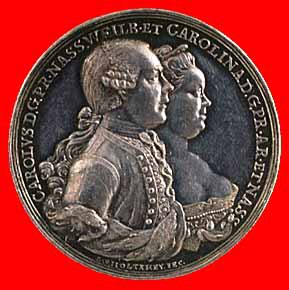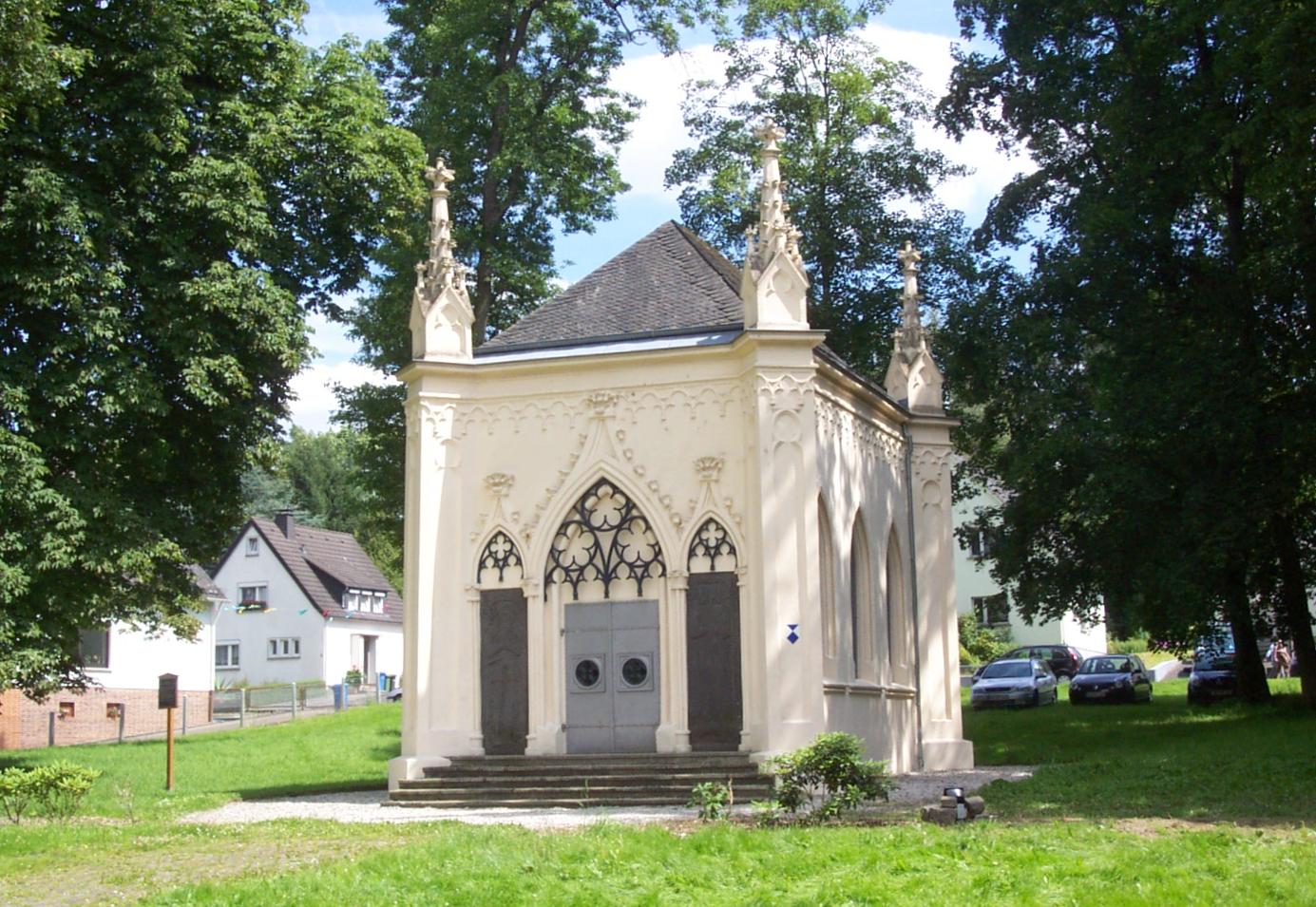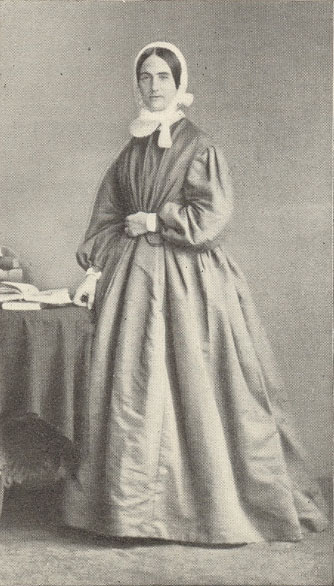|
Karl Christian, Prince Of Nassau-Weilburg
Charles Christian, Prince of Nassau-Weilburg (''Karl Christian'', 16 January 1735 in Weilburg – 28 November 1788 in Münster-Dreissen, near Kirchheim an der Weinstraße, Kirchheim), till 1753 Count of Nassau-Weilburg, was the first ruler of the Principality of Nassau-Weilburg between 1753 and 1788. Family and rule He was the son of Charles August, Prince of Nassau-Weilburg and Princess Auguste Friederike of Nassau-Idstein. He succeeded his father in 1753 and united his territories in 1783 with Nassau-Saarbrücken, Nassau-Usingen and Nassau-Dietz. Marriage He married on 5 March 1760 in The Hague Princess Carolina of Orange-Nassau (1743–1787), daughter of William IV, Prince of Orange and Anne, Princess Royal and Princess of Orange, Anne, Princess Royal. He became a general in the Dutch infantry, governor of Bergen op Zoom and governor of Maastricht (1773–1784). He negotiated in vain with the Patriots (Dutch Republic), Patriots in 1787. He died in 1788 and was succeeded by h ... [...More Info...] [...Related Items...] OR: [Wikipedia] [Google] [Baidu] |
House Of Nassau-Weilburg
The House of Nassau-Weilburg, a branch of the House of Nassau, ruled a division of the County of Nassau, which was a state in what is now Germany, then part of the Holy Roman Empire, from 1344 to 1806. On 17 July 1806, upon the dissolution of the Holy Roman Empire, the principalities of Nassau-Usingen and Nassau-Weilburg both joined the Confederation of the Rhine. Under pressure from Napoleon I of France, Napoleon, both principalities merged to become the Duchy of Nassau on 30 August 1806, under the joint rule of Prince Frederick August of Nassau-Usingen and his younger cousin, Frederick William, Duke of Nassau, Prince Frederick William of Nassau-Weilburg. As Frederick August had no heirs, he agreed that Frederick William should become the sole ruler after his death. However, Frederick William died from a fall on the stairs at Schloss Weilburg on 9 January 1816 and it was his son William, Duke of Nassau, William who later became duke of a unified Nassau. The sovereigns of this h ... [...More Info...] [...Related Items...] OR: [Wikipedia] [Google] [Baidu] |
Anne, Princess Royal And Princess Of Orange
Anne, Princess Royal (12 January 1759) was the second child and eldest daughter of King George II of Great Britain and his consort Caroline of Ansbach. She was the wife of William IV, Prince of Orange, the first hereditary stadtholder of all seven provinces of the Northern Netherlands. She was Regent of the Netherlands from 1751 until her death in 1759, exercising extensive powers on behalf of her son William V, Prince of Orange, William V. She was known as an Anglophile, due to her English upbringing and family connections, but was unable to convince the Dutch Republic to enter the Seven Years' War on the side of the British. Princess Anne was the second daughter of a British sovereign to hold the title Princess Royal. In the Netherlands she was styled Anna van Hannover. Early life Anne was born at Herrenhausen Palace, Hanover, Germany, Hanover, five years before her paternal grandfather, Elector George Louis, succeeded to the thrones of Kingdom of Great Britain, Great Britai ... [...More Info...] [...Related Items...] OR: [Wikipedia] [Google] [Baidu] |
Schaumburg
Schaumburg is a district (''Landkreis'') of Lower Saxony, Germany. It is bounded by (clockwise from the north) the districts of Nienburg, Hanover and Hameln-Pyrmont, and the state of North Rhine-Westphalia (districts of Lippe and Minden-Lübbecke). History Landkreis Schaumburg was created on August 1, 1977 within the framework of the Kreisreform (district reform) of Lower Saxony by combining the former districts of Schaumburg-Lippe and Grafschaft Schaumburg. The town of Hessisch Oldendorf was reallocated to Landkreis Hameln-Pyrmont. The communities of Großenheidorn, Idensermoor-Niengraben and Steinhude had already been allocated to the community of Wunsdorf and thereby became part of Landkreis Hanover. The Landkreis Schaumburg essentially duplicates the borders of Schaumburg at the time of the Middle Ages. Schaumburg was a medieval county, which was founded at the beginning of the 12th century. Shortly after, the Holy Roman Emperor appointed the counts of Schaumburg to ... [...More Info...] [...Related Items...] OR: [Wikipedia] [Google] [Baidu] |
Dierdorf
Dierdorf () is a town in the district of Neuwied, in Rhineland-Palatinate, Germany. It is situated in the Westerwald, approx. 20 km northeast of Neuwied, and 20 km north of Koblenz. Dierdorf is the seat of the ''Verbandsgemeinde A (; plural ) is a low-level administrative division, administrative unit in the Germany, German States of Germany, federal states of Brandenburg, Rhineland-Palatinate and Saxony-Anhalt. A is typically composed of a small group of Municipalitie ...'' ("collective municipality") Dierdorf. Local council The elections in May 2014 showed the following results. Sister city Dierdorf is the sister city of Fountain Hills (USA), Courtisols (France) and Krotoszyn (Poland). Sons and daughters of the town * Eva Grebel (born 1966), astronomer, professor at the Center for Astronomy at the University of Heidelberg * Juan Holgado (born 1968), Spanish archer (Olympic champion 1992) * Samir El-Assal (born 1966), C.E.O of Frank GmbH Reference ... [...More Info...] [...Related Items...] OR: [Wikipedia] [Google] [Baidu] |
Karl Ludwig, Prince Of Wied-Runkel
Karl Ludwig Friedrich Alexander, Prince of Wied-Runkel (29 September 1763 – 9 March 1824) was a Germans, German ruler in the Wied-Runkel, Principality of Wied-Runkel from 1791 until 1806 when it was German mediatisation, mediatised to the Duchy of Nassau. Life Origin and family Karl Ludwig of Wied-Runkel was born as the son of the later Christian Ludwig, Prince of Wied-Runkel (1732–1791) and his wife Charlotte Sophia Augusta von Sayn-Wittgenstein (1741–1803) and grew up with his brothers Friedrich Ludwig (1770–1824) and Christian Friedrich Ludwig (* 1773, ensign in the Upper Rhine District Regiment of Zweibrücken). Five brothers died in early childhood. On September 4, 1787, he married Princess Caroline of Nassau-Weilburg (1770–1828), daughter of Karl Christian, Prince of Nassau-Weilburg and Princess Carolina of Orange-Nassau. Work After his father's death in 1791, he succeeded him. French Revolution troops gradually occupied the areas of the County of Kriechingen ... [...More Info...] [...Related Items...] OR: [Wikipedia] [Google] [Baidu] |
Wiesbaden
Wiesbaden (; ) is the capital of the German state of Hesse, and the second-largest Hessian city after Frankfurt am Main. With around 283,000 inhabitants, it is List of cities in Germany by population, Germany's 24th-largest city. Wiesbaden forms a conurbation with a population of around 500,000 with the neighbouring city of Mainz. This conurbation is in turn embedded in the Rhine-Main, Rhine-Main Metropolitan Region—Germany's second-largest metropolitan region after Rhine-Ruhr—which also includes the nearby cities of Frankfurt am Main, Darmstadt, Offenbach am Main, and Hanau, and has a combined population exceeding 5.8 million. The city is located on the Rhine (Upper Rhine), at the foothills of the Taunus, opposite the Rhineland-Palatine capital of Mainz, and the city centre is located in the wide valley of the small Salzbach (Wiesbaden), Salzbach stream. Wiesbaden lies in the Rheingau (wine region), Rheingau wine-growing region, one of Germany's List of German wine regions, ... [...More Info...] [...Related Items...] OR: [Wikipedia] [Google] [Baidu] |
Heinrich XIII, Prince Reuss Of Greiz
Heinrich XIII, Prince Reuss of Greiz (; 16 February 174729 January 1817) was Prince Reuss of Greiz from 1800 to 1817. Early life Heinrich XIII was born at Greiz, Reuss (state), Reuss, third child of Heinrich XI, Prince Reuss of Greiz (1722–1800), (son of Count Heinrich II Reuss of Obergreiz and Countess Sophie Charlotte of Bothmer) and his wife, Countess Conradine Reuss of Köstritz (1719–1770), (daughter of Heinrich XXIV, Count Reuss of Köstritz and Baroness Marie Eleonore Emma of Promnitz-Dittersbach). Prince Reuss of Greiz On the death of his father on 28 June 1800, Heinrich succeeded him as Prince Reuss of Greiz. After the devastation of Greiz by a fire in 1802, Heinrich XIII ordered that the city be rebuilt in a Neoclassical architecture, neoclassical style, and he moved his residence from the Oberes Schloss (Upper Castle) to the Unteres Schloss (Lower Castle), to be more in contact with the people and social life of the Principality. Heinrich XIII distinguished hi ... [...More Info...] [...Related Items...] OR: [Wikipedia] [Google] [Baidu] |
Greiz
Greiz ( ; ) is a town in the state of Thuringia, Germany, and is the capital of the Greiz (district), district of Greiz. Greiz is situated in eastern Thuringia, east of the state capital Erfurt, on the White Elster river. Greiz has a large park in its centre (Fürstlich Greizer Park) which is classified as an English garden. Thomasstraße, Burgstraße, Marktstraße, Waldstraße, and Leonhardtstraße, with their Art Nouveau, Jugendstil houses, are well-known examples of that architectural style. History As with other nearby settlements, the place name (originally ''Grouts'') is of Slavic origin and means ''Gord (archaeology), gord''. The first documented mention of the settlement dates from 1209. The prime location of Greiz on the confluence of the White Elster river and its tributary Göltzsch helped to make it a fast-growing town. From the 12th century it was governed by ''Advocatus, advocati'' (), but in 1236 it came into the possession of Gera. It was recognized as a town in t ... [...More Info...] [...Related Items...] OR: [Wikipedia] [Google] [Baidu] |
Herford Abbey
Herford Abbey () was the oldest women's religious house in the Duchy of Saxony. It was founded as a house of secular canonesses in 789, initially in Müdehorst (near the modern Bielefeld) by a nobleman called Waltger, who moved it in about 800 onto the lands of his estate ''Herivurth'' (later ''Oldenhervorde'') which stood at the crossing of a number of important roads and fords over the Westfälische Aa, Aa and the Werre. The present city of Herford grew up on this site around the abbey. History 9th–12th centuries The abbey was dedicated in 832 and was elevated to the status of a ''Reichsabtei'' ("Imperial abbey") under Emperor Louis the Pious (d. 840). In ecclesiastical matters it was answerable directly to the Pope and was endowed with a third of the estates originally intended for Corvey Abbey. In 860, at the instigation of the abbess Haduwy (Hedwig), the bones of Saint Pusinna, later the patron saint of Herford, were brought from her hermitage at Binson (hermitage), Bi ... [...More Info...] [...Related Items...] OR: [Wikipedia] [Google] [Baidu] |
Quedlinburg Abbey
Quedlinburg Abbey ( or ) is a former abbey of secular canonesses ''( Frauenstift)'' in Quedlinburg, Saxony-Anhalt, Germany. It was founded in 936 on the initiative of Saint Matilda, the widow of the East Frankish King Henry the Fowler, as his memorial.The "Later Life" of Queen MathildPage 99/ref> For many centuries it and its abbesses enjoyed great prestige and influence. Quedlinburg Abbey was an Imperial Estate and one of the approximately forty self-ruling Imperial Abbeys of the Holy Roman Empire. It was disestablished in 1802/3. The church, known as ''Stiftskirche St Servatius'', is now used by the Lutheran Evangelical Church in Germany. The castle, abbey, church, and surrounding buildings are exceptionally well preserved and are masterpieces of Romanesque architecture. As a result, and because of their historical importance, the buildings were inscribed on the UNESCO World Heritage List in 1994. History Quedlinburg Abbey was founded on the castle hill of Quedlinburg ... [...More Info...] [...Related Items...] OR: [Wikipedia] [Google] [Baidu] |
Deaconess
The ministry of a deaconess is a ministry for women in some Protestant, Oriental Orthodox, and Eastern Orthodox churches to provide pastoral care, especially for other women, and which may carry a liturgical role. The word comes from the Greek language, Greek (), for "deacon", which means a servant or helper and occurs frequently in the Christian New Testament of the Bible. Deaconesses trace their roots from the time of Jesus, Jesus Christ through to the 13th century in the West. They existed from the early through the middle Byzantine Empire, Byzantine periods in Constantinople and Jerusalem; the Clergy, office also existed in Western European churches. There is evidence to support the fact that the diaconate including women in the Byzantine Church of the early and middle Byzantine periods was recognized as one of the major non-ordained orders of clergy. The English separatists unsuccessfully sought to revive the office of deaconesses in the 1610s in their Amsterdam congregat ... [...More Info...] [...Related Items...] OR: [Wikipedia] [Google] [Baidu] |
Huis Honselaarsdijk
Huis Honselaarsdijk is a former palace and country residence of the Dutch Stadtholders and princes of Orange which lies about 2.6 km (2 mi) southwest of the border of The Hague, Netherlands. It was one of the finest examples of Baroque architecture in The Netherlands. Today, only part of the outbuildings remain and are known locally as ''De Nederhof''. History The village of Honselersdijk already had a small castle in the Middle Ages. In the 16th century it belonged to the House of Arenberg, but they were on the Spanish side in the Eighty Years' War, and it was expropriated by the States of Holland and West Friesland and put at the disposal of Prince Maurice of Orange. His younger brother, Prince Frederick Henry, Prince of Orange, Frederick Henry bought the castle in 1612 to use it as hunting lodge and summer mansion. It became his primary country house and showplace of his power. The medieval castle was torn down and was replaced between 1621 and 1647 by a new moated house and ga ... [...More Info...] [...Related Items...] OR: [Wikipedia] [Google] [Baidu] |





